While riders mount strikes, grocers are exposed to serious risks
Apps like Deliveroo, Uber Eats and Just Eat have been a boon for the supermarkets. And the supermarkets have also been a gift for these apps.
As takeaway orders run out of steam, grocery order growth has kept the finances of these aggregator apps above water.
At Deliveroo, grocery hit a gross transactional volume run-rate of £1bn in Q4. At Just Eat “grocery has absolutely smashed its targets”, UK MD Claire Pointon told The Grocer last month.
But what are the pitfalls for riders and retailers? And what’s the alternative?
Grocery vs takeout
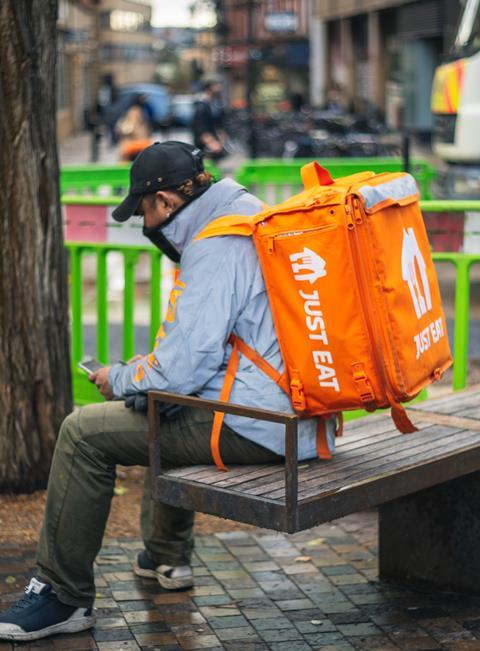
Food couriers tend to prefer grocery orders. “Without having to deal with overwhelmed kitchens and stressed-out waiting staff, grocery orders have rapid pick-ups and staff are generally more helpful,” says Alfie Pearce-Higgins, co-founder of Rodeo – a platform that enables riders to track earnings across multiple apps.
Rodeo research found restaurants were twice as likely to be rated ‘slow’ by couriers, and staff there were 1.6 times more likely to be considered ‘rude’ by couriers. A separate rider poll by Rodeo last month found two-thirds preferred grocery.
Factoring in order duration, distance, fees and average tips, Rodeo also found grocery orders paid 12% more per minute than restaurant orders.
Grocery offered a rate of 28p per minute and an average tip of £2.80, versus the 25p per minute and £2.40 average tip for restaurant orders.
But it’s all relative. Courier pay is poor on any channel.
Read more:
-
Posh food delivery brand Supper London ends operations
-
Supermarkets sign delivery courier ‘respect charter’
-
Co-op top grocer on all major delivery apps
-
Grocemania future in doubt after £20k fraud
“Drivers have seen consecutive years of declining pay – Rodeo estimates drivers have had a real-terms pay cut of about 20% since 2021 – without even being informed that their pay algorithms have been changed,” says Pearce-Higgins.
It’s pushed many couriers to breaking point. In early February and again around Valentine’s, hundreds of delivery riders for Deliveroo, Just Eat, Uber Eats and Stuart went on strike across the UK in protest.
It’s an increasingly bad look for their supermarket partners, especially in light of living wage commitments to their own staff. “It will be increasingly uncomfortable to hold those two aspects together,” says Pearce-Higgins.
Plus, there is the issue of couriers being able to appoint substitutes who aren’t vetted by the platforms – meaning grocers are handing over all control of the customer touchpoint.
This “places the public at risk, enables – and encourages – illegal migration, and leads to the exploitation of workers”, the Home Office said last year.
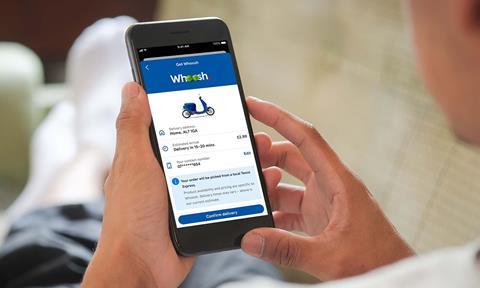
Alternative models
There are alternatives. The Yard Sale Pizza chain, whose first store opened in 2014, has built an in-house delivery fleet.
“The aggregators pay per drop whilst we pay an hourly wage with holiday pay,” says Johnnie Tate, CEO and co-founder. “
We also provide training, vehicles, bicycles, equipment, free pizzas on shift and a line manager so everybody feels supported.”
Although the chain lists on Just Eat, it is used only as a shopfront, not for deliveries.
But establishing an in-house fleet is hard. Even Tesco’s rapid service Whoosh relies on partner Stuart, which pays per drop.
“It’s been 10 years of hard work for us,” says Tate. “It creates a high barrier to entry.”
As one alternative, Rodeo is providing a platform for grocers and restaurant chains to connect with pre-vetted and onboarded pools of riders – posting shifts in the week ahead. Most businesses on the platform offer an hourly wage with a per-drop fee on top, and a minimum wage guarantee.
And crucially for Pearce-Higgins: “You know who your customer is.
Outsourcing delivery might be attractive, but if a business wants to own its customers’ experience, it needs to have a direct relationship with the driver.”










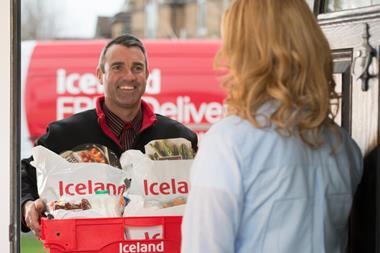
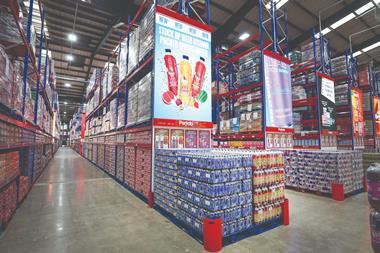
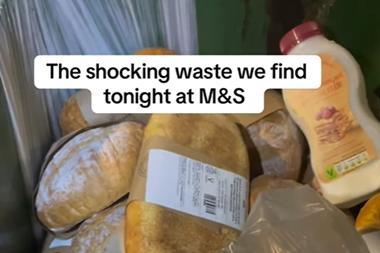







No comments yet